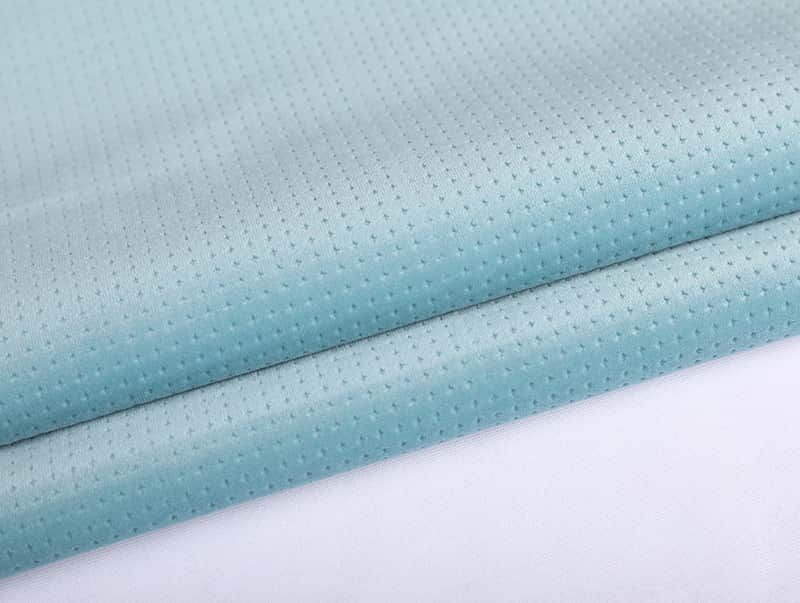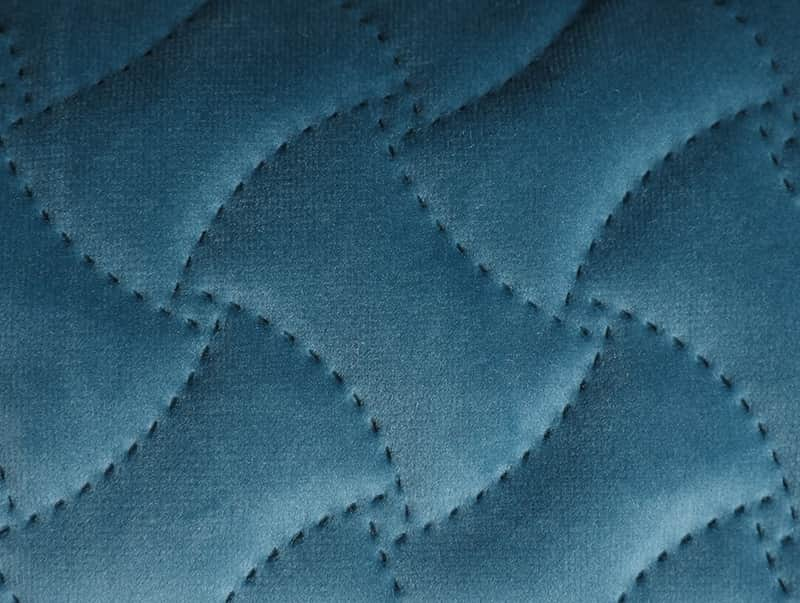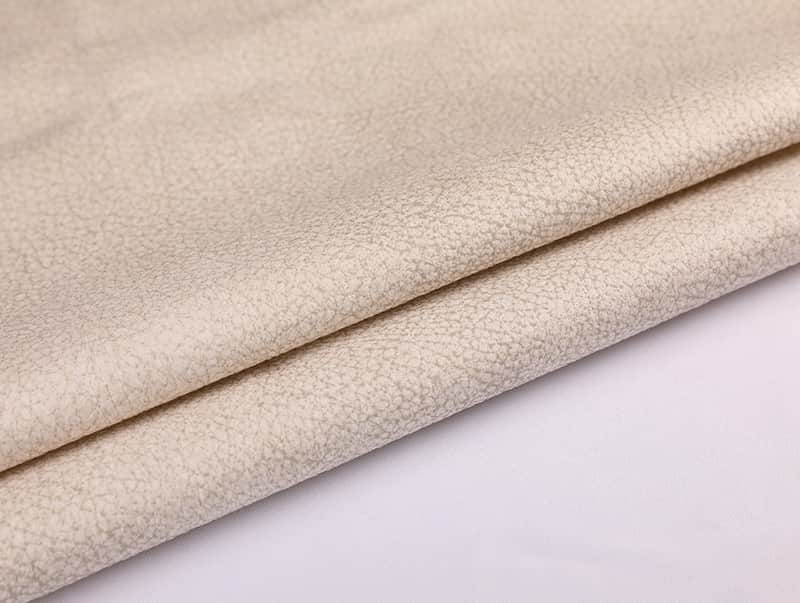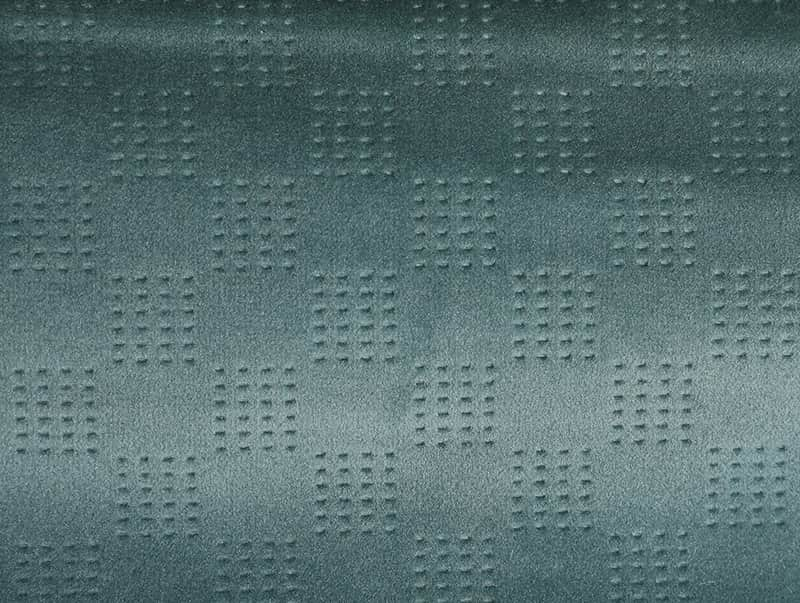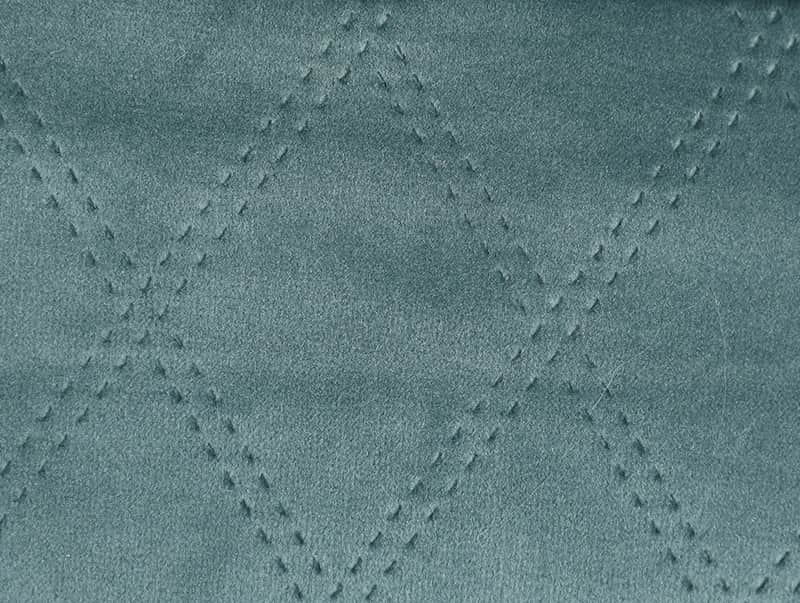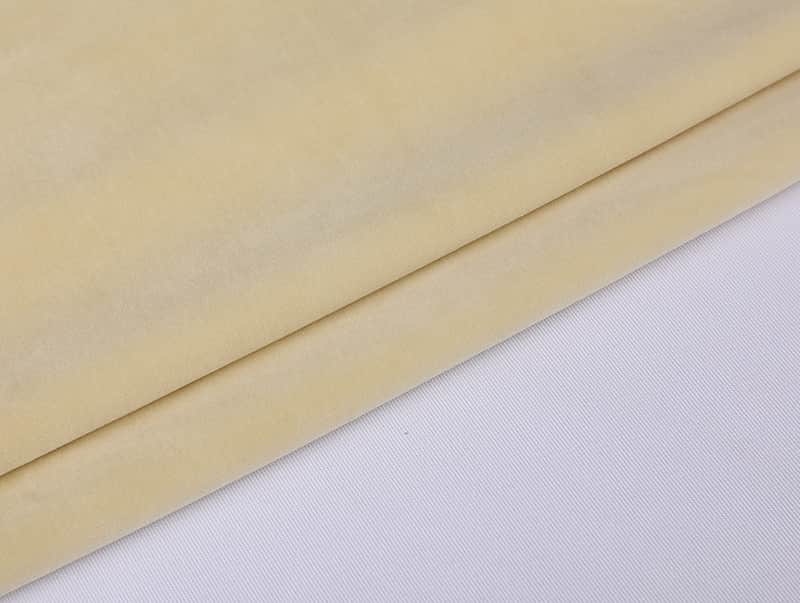Curtain velvet fabrics are ideal for curtains in terms of insulation and sound absorption due to several key properties:
Dense Weave and Pile Structure: Velvet is made with a dense weave and has a thick pile, which creates a substantial barrier to both air and sound. The densely packed fibers trap air within the fabric, providing a layer of insulation that helps to keep rooms warmer in the winter and cooler in the summer.
Heavyweight Nature: Velvet is typically heavier than other fabrics, which enhances its ability to block and absorb sound. The weight of the fabric allows it to drape well, creating a physical barrier that reduces the transmission of noise from outside and helps to dampen echoes within a room.
High Thread Count: The high thread count in velvet contributes to its ability to reduce sound transmission. More threads per square inch mean fewer gaps for sound to pass through, making velvet curtains effective at muffling noise.
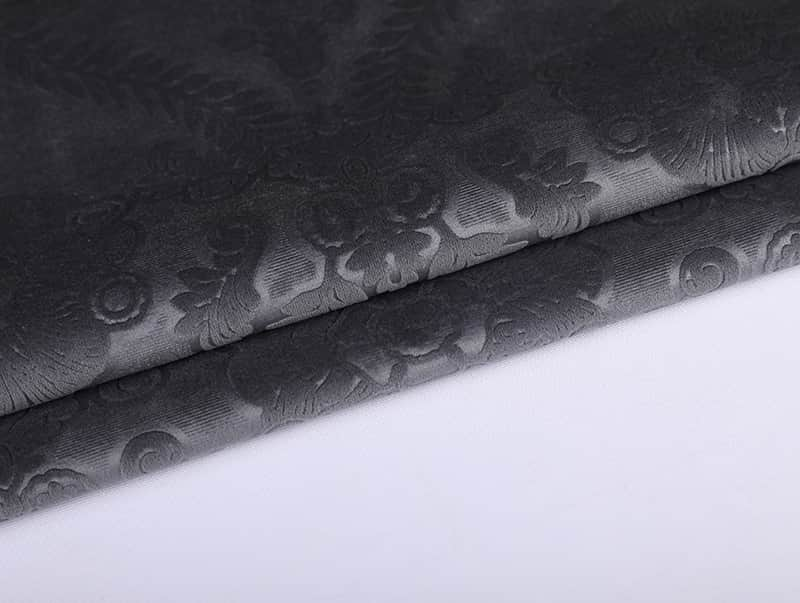
Thickness: The thickness of velvet adds to its thermal insulating properties. Thicker curtains prevent heat from escaping through windows and help maintain a consistent indoor temperature, making them energy-efficient.
Fiber Composition: The fibers used in velvet, whether natural like cotton or synthetic like polyester, often have inherent insulating properties. This, combined with the fabric's structure, enhances its overall performance in both insulation and sound absorption.
Overall, the combination of these factors makes velvet an excellent choice for curtains where thermal insulation and noise reduction are important.
